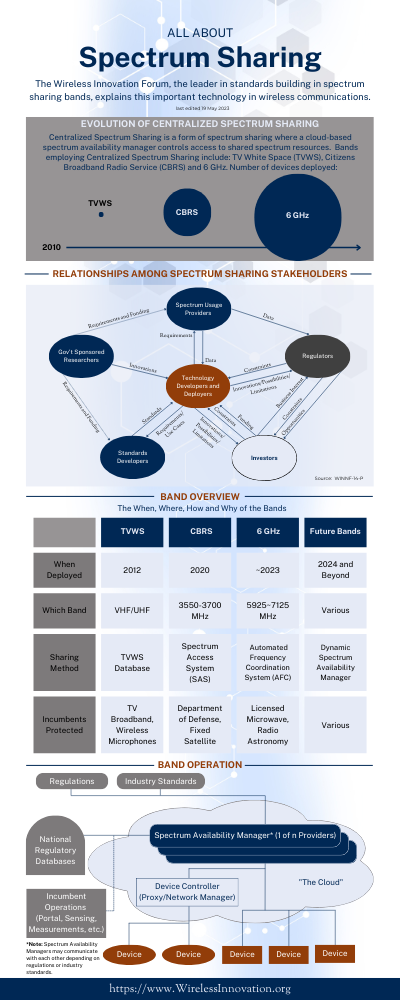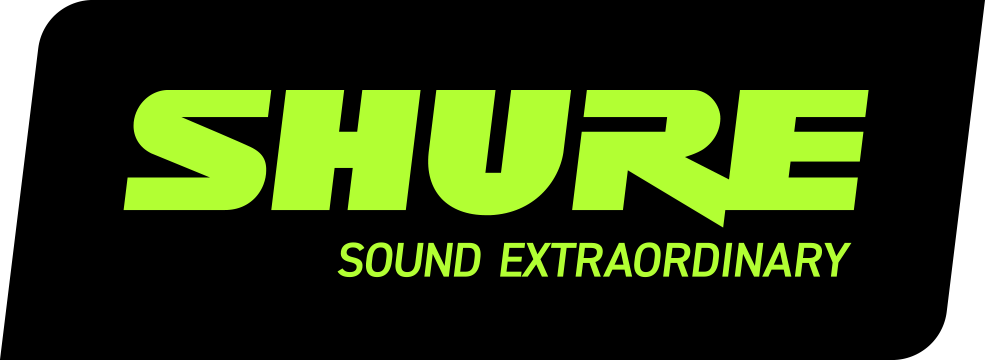
(Recording) (slides)
The word "transformational" is often used to describe potentially exciting new research, but rarely does the research live up to the hype. Rydberg probes, based upon work principally developed by the U.S. National Institute of Standards and Technology (NIST), may very well be the exception.
NIST’s Communications Technology Lab is developing a new paradigm for RF field sensing and measurements based on the atom. The Rydberg Atom-based RF Field Probes team is using highly excited alkali atoms to detect and measure electric fields from DC to daylight (from Hz to THz) with high sensitivity and fidelity. Due to the standard behavior of these atoms, this independent RF measurement method provides direct traceability to SI-defined constants.
NIST is currently exploring the use of Rydberg probes for:
- Fundamental RF Field Metrology – Atom-based microwave field measurements are independent of the traditional calibration method. We are exploring the extent to which Rydberg atom-based field probes can improve field probe calibrations and push the limits of RF field metrology.
- RF Camera – Formed from an array of Rydberg sensors, the RF camera will be able to measure the magnitude and phase of an RF field at multiple points in a low-invasive package that reduces distortion of the field.
- Communications Reception – the Rydberg atoms can act as electrically small antennas and detect the modulation of a carrier wave. They can detect and demodulate AM, FM, and phase modulation over a broad range of carrier frequencies – making them a promising platform for advanced communication receivers.
- Blackbody Radiation Characterization – Highly excited Rydberg atoms are very sensitive to external fields and can sense changes in thermal radiation. We have a project to explore the limit of using Rydberg spectroscopy to measure and calibrate blackbody radiation.
- DC/AC Voltage Standards – We are exploring the application of atom-based field measurements to DC – kHz voltage measurements to provide less expensive self-calibrated, SI-traceable voltage standards.
- RF Power Metrology – We have two methods for advanced RF power metrology, using both Rydberg atom measurements as well as photon pressure. These two methods can span a much larger dynamic range of traceable power measurements, from nW – kW, than traditional calorimeter-based measurements.
Please join NIST's Dr. Christopher Holloway speaking about NIST's work on Rydberg probes and the commercialization challenges and opportunities of this exciting new technology. Dr. Holloway will also take questions on his work.
WInnForum CTO Dr. Andrew Clegg will host this first in an occasional series of WInnForum Webinars on today's most promising Wireless Innovations. This Webinar will be held on 20 September, 10am PT/1pm ET - 11:30am PT/230 pm ET (90 minute webinar).
To register, please click here. There is no charge to attend, and you do not need to be a member of the Wireless Innovation Forum.
About the Featured Speaker:
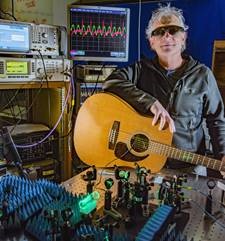 Dr. Christopher Holloway is a Fellow of the IEEE and has been at NIST for over 25 years. He is also on the Graduate Faculty at the University of Colorado at Boulder. He received his B.S.E degree from the University of Tennessee, and his Master and PhD degrees from the University of Colorado at Boulder. His is an expert in electromagnetic theory and metrology, quantum-optics, Rydberg-atom systems, and atom-based sensors. He has a publication h-index of 56 with over 300 technical publications (including 146 refereed journal papers and 132 conference papers) and has over 13,000 citations of his papers. He also has 10 patents in various fields in engineering and physics. He is the Project Leader for the Rydberg-Atom-Sensor Project and is the Group Leader for the Electromagnetic Fields Group. Dr. Christopher Holloway is a Fellow of the IEEE and has been at NIST for over 25 years. He is also on the Graduate Faculty at the University of Colorado at Boulder. He received his B.S.E degree from the University of Tennessee, and his Master and PhD degrees from the University of Colorado at Boulder. His is an expert in electromagnetic theory and metrology, quantum-optics, Rydberg-atom systems, and atom-based sensors. He has a publication h-index of 56 with over 300 technical publications (including 146 refereed journal papers and 132 conference papers) and has over 13,000 citations of his papers. He also has 10 patents in various fields in engineering and physics. He is the Project Leader for the Rydberg-Atom-Sensor Project and is the Group Leader for the Electromagnetic Fields Group.
About the Moderator:
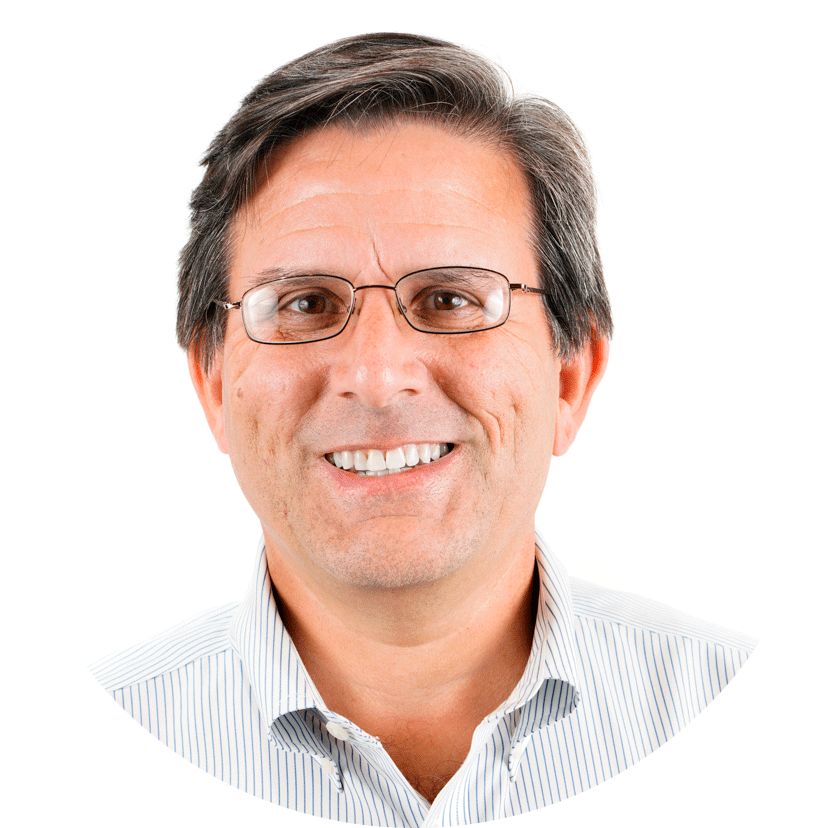 Andrew Clegg is Spectrum Engineering Lead for Google. He is currently focused on shared spectrum opportunities in mid-band spectrum, among other things. He was previously program director for spectrum management at the U.S. National Science Foundation, where he was the creator of a $60 million research program to support enhanced access to the radio spectrum. Prior to NSF, he was lead member of technical staff for Cingular Wireless (now AT&T Mobility), a senior engineer at Comsearch, and a research scientist at the Naval Research Laboratory. He holds a PhD in radio astronomy from Cornell University. Andrew Clegg is Spectrum Engineering Lead for Google. He is currently focused on shared spectrum opportunities in mid-band spectrum, among other things. He was previously program director for spectrum management at the U.S. National Science Foundation, where he was the creator of a $60 million research program to support enhanced access to the radio spectrum. Prior to NSF, he was lead member of technical staff for Cingular Wireless (now AT&T Mobility), a senior engineer at Comsearch, and a research scientist at the Naval Research Laboratory. He holds a PhD in radio astronomy from Cornell University.
Questions:
e-mail [email protected]
|
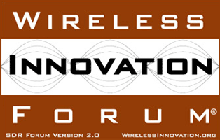



 Andrew Clegg is Spectrum Engineering Lead for Google. He is currently focused on shared spectrum opportunities in mid-band spectrum, among other things. He was previously program director for spectrum management at the U.S. National Science Foundation, where he was the creator of a $60 million research program to support enhanced access to the radio spectrum. Prior to NSF, he was lead member of technical staff for Cingular Wireless (now AT&T Mobility), a senior engineer at Comsearch, and a research scientist at the Naval Research Laboratory. He holds a PhD in radio astronomy from Cornell University.
Andrew Clegg is Spectrum Engineering Lead for Google. He is currently focused on shared spectrum opportunities in mid-band spectrum, among other things. He was previously program director for spectrum management at the U.S. National Science Foundation, where he was the creator of a $60 million research program to support enhanced access to the radio spectrum. Prior to NSF, he was lead member of technical staff for Cingular Wireless (now AT&T Mobility), a senior engineer at Comsearch, and a research scientist at the Naval Research Laboratory. He holds a PhD in radio astronomy from Cornell University.